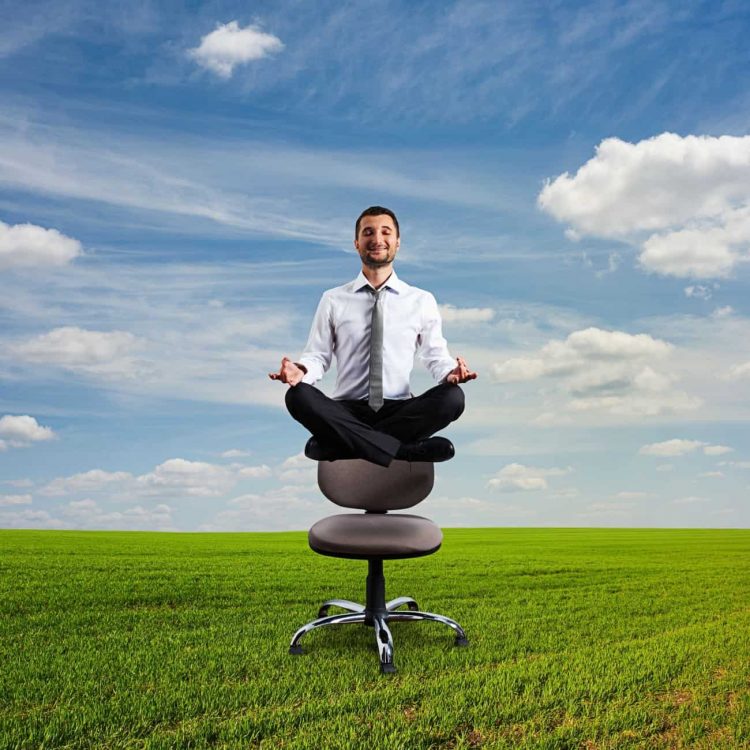With our daily and work lives changing so rapidly and more people working from home, I’m sure many of you have experienced an increase in work related pain and discomfort, fortunately by implementing some healthy spinal habits throughout the day and without needing expensive or specialised ergonomic chairs this can be avoided. The main culprit is not moving or static postures, if you were to sit for an extended period of time with perfect posture you are still likely to feel pain, likewise if you were to stand all day and limit movement, it would also lead to pain and discomfort.
The best antidote to pain is movement.
With the nature of working from home, incidental movement such as walking to and from the home/office, public transport, between meetings and appointments, access to gyms/exercises classes have all been limited, it’s becoming more imperative now than ever people create an artificial demand for movement in our lives. A good way to make use of the time saved on commuting to work can be used to go for a brisk 30-45 minute walk or jog prior to settling into the home office.
Everyone has a different stress capacity or tolerance when it comes to sitting, for some it can be as little as 30-60 minutes for others it could longer, a relaxed muscle with good blood and oxygen supply will have a higher capacity, if a muscle is tense, it gets fatigued much quicker, lactic acid develops and tension & discomfort usually follows. Similar to holding a tight fist, it doesn’t take too long before tension and discomfort is felt in the hand and forearm muscles, compared to a relaxed hand.
Make a note how long you sit for before the muscles feel tense and uncomfortable and try to get roughly 5-10 minutes of exercise just prior to the onset of pain; things such as air squats, hip and shoulder rotations, push ups, body weight lunges can all be used to great effect, do these at regular intervals as needed throughout the day.
Try have a couple of alternate setups, it could be as simple as changing from an office chair to an excise ball, or a couch and using that for 15 minutes to shift certain stress points to other locations on the body & spine. For the vast majority of people these will be more effective than just “sitting up straight”.
When I am treating someone with back pain, specifically associated with not moving (sitting) I make sure to release the main affected postural muscles. For low back pain; the hamstrings, glute and spinal muscles, for mid/upper back and neck pain; spinal, shoulder and arm muscles, combined with the advice described above, and self treatment techniques to effectively target and release to problem muscles for fast results.


